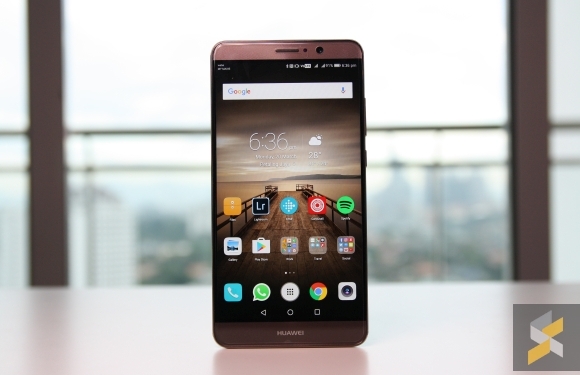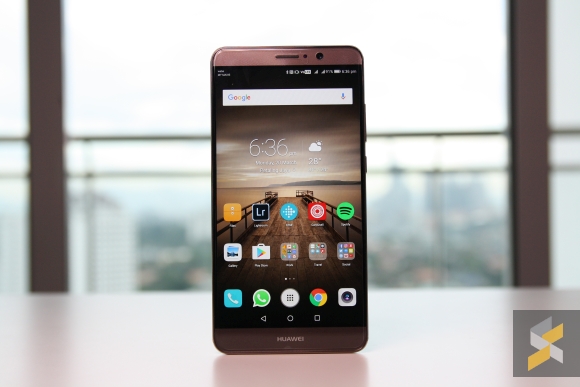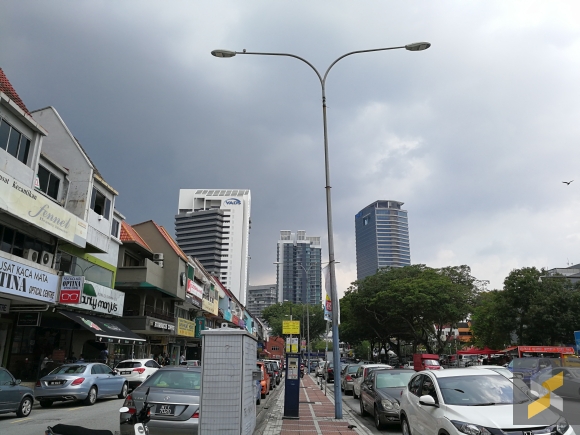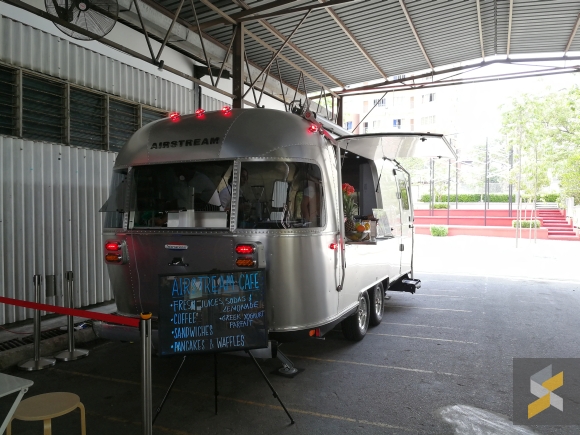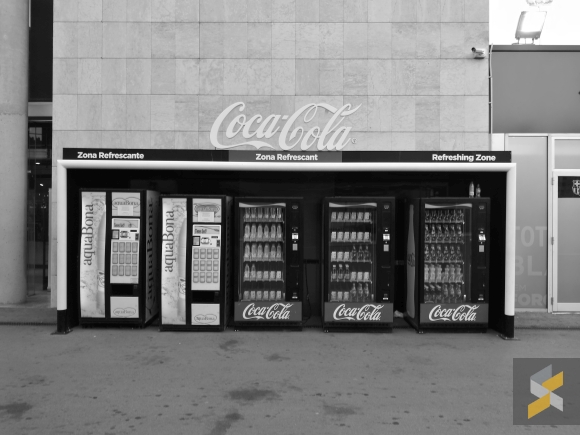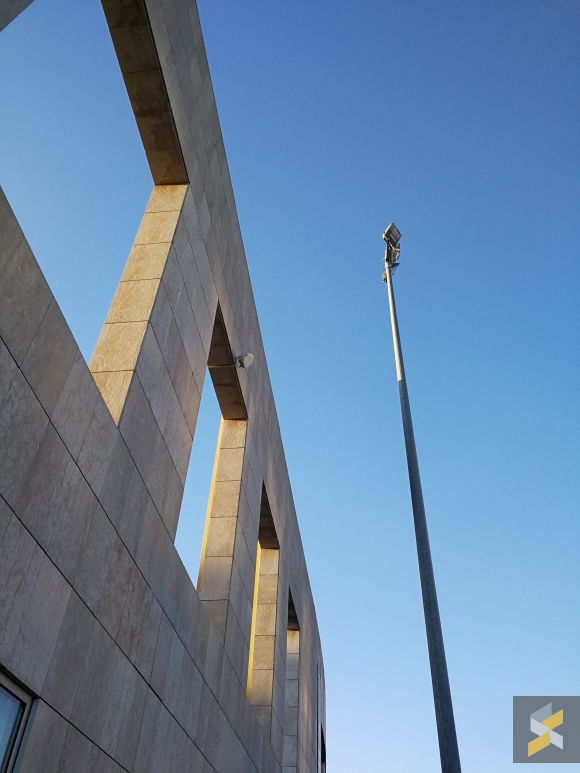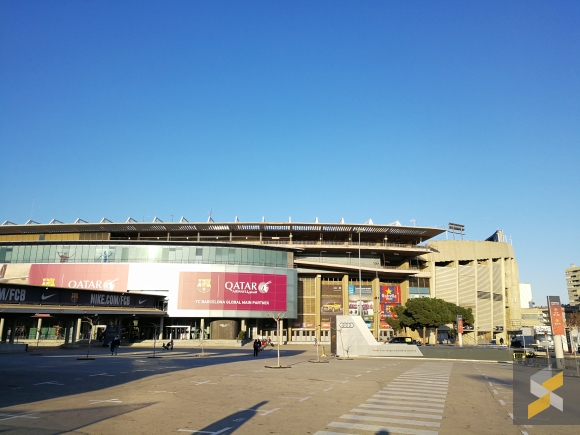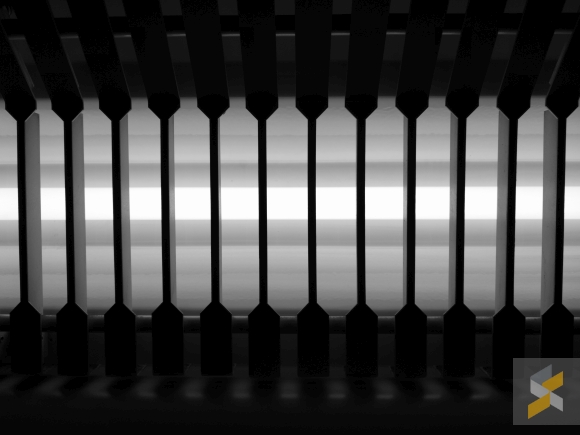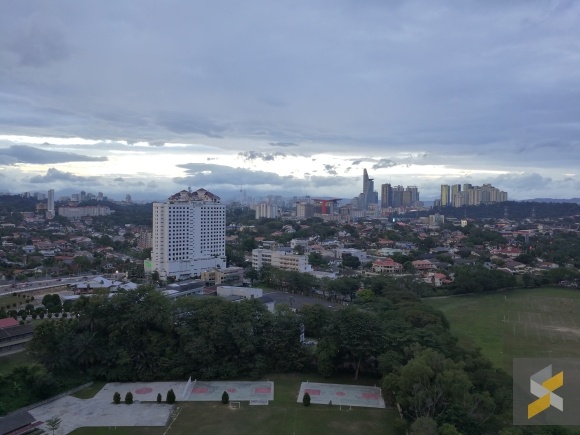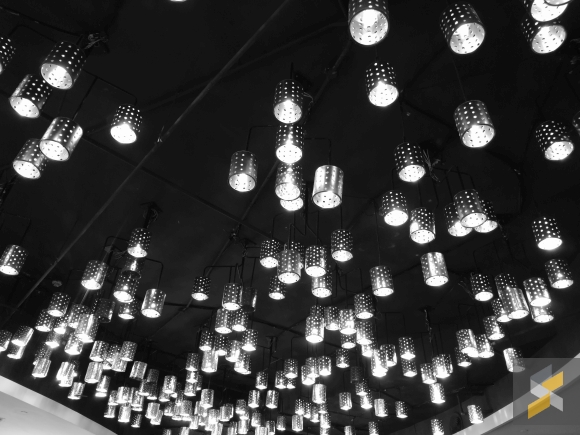We’ve seen Huawei launch the brand new P10 and P10 Plus in Malaysia — two very capable smartphones with pretty much the best the company has to offer including their latest processor, latest camera system and a brand new look.
But, these two phones come in 5.1” and 5.5” form factors. But what if you want something bigger? Is the Mate 9 still worth your time?
On paper, Huawei’s Mate 9 is no slouch. It’s also got the best processor Huawei makes mated to a generous amount of memory and base storage. What’s more, it’s got a big battery and a fancy build.
Looking at its camera, the device is lacking a little when compared to the P10 Plus — and even the P10, according to DxOMark — but that doesn’t mean the camera isn’t capable.
The biggest reason for getting this smartphone over the new P10 duo is the fact that it comes with a large display — and a really nice one at that too.
So I guess the short answer to my question earlier is yes, the Mate 9 is still a very capable smartphone that you probably won’t regret buying today. But, it isn’t without its flaws.
[nextpage title=”Performance versus battery life?”]
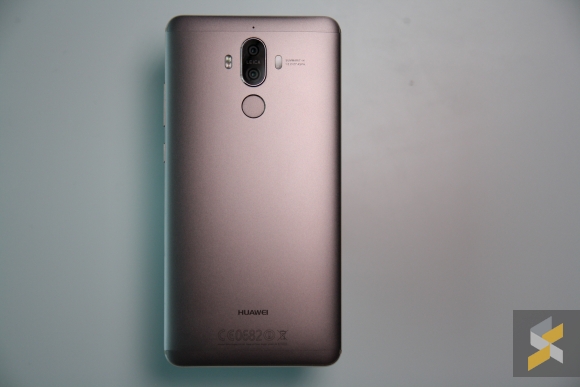
I was impressed with the Mate 8. When I reviewed it last year the gentle giant won me over with its excellent build, great performance and good battery life. This year, Huawei’s a lot more serious about performance and longevity, which is great, but at what cost?
As with all annual smartphone refreshes, the Mate 9 sees a boost in the specs department. Huawei has crammed the shiny new Kirin 960 processor inside with 4GB of RAM plus 64GB of internal storage.
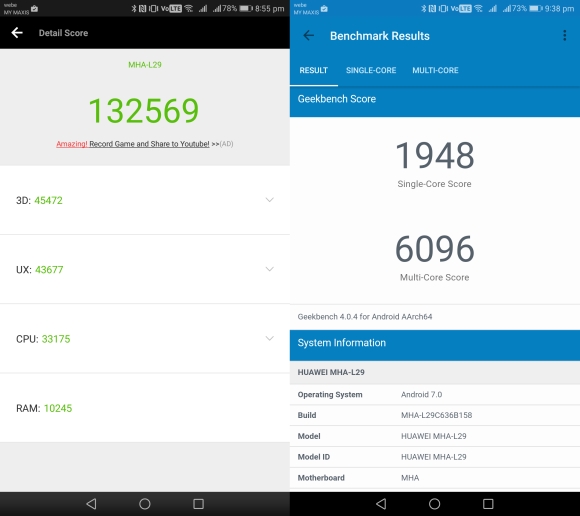
Paired with Huawei’s new EMUI 5.0 operating system plus the company’s “Machine Learning Algorithm” and the phone really flies through everyday tasks. It’s fast, it’s snappy and it handled pretty much everything I threw at it. There were one or two occasions where the phone froze but I suspect it is due to some kind of bug in some of the apps than a lack of power from the handset.
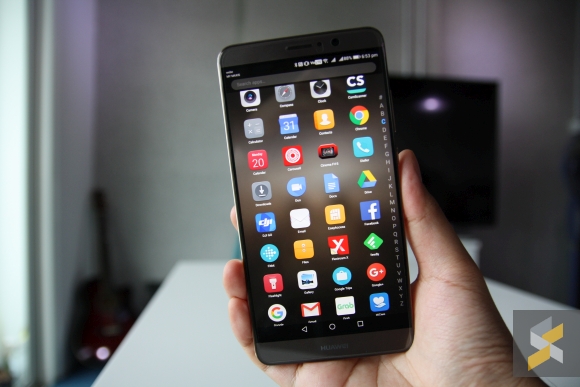
I also really like EMUI 5.0, something I didn’t expect to say…ever. Huawei’s new approach to the Android skin trades their traditional ugliness for a sleeker UI. It adopts a lot of Android Nougat’s features — like the new detailed notifications, updated tray and multitasking functions — which means the overall experience is a lot more faithful to vanilla Android. You may have noticed that EMUI 5.0 also gives you the option to have the app drawer back and that gets a two thumbs up from me.
However, in my experience, this software does have a big issue — something I didn’t think would plague Huawei’s business-centric Mate 9: It’s a big drain on the battery. At first, I thought I had a defective unit, but after swapping it out for a second Mate 9, I still found myself with those battery issues.
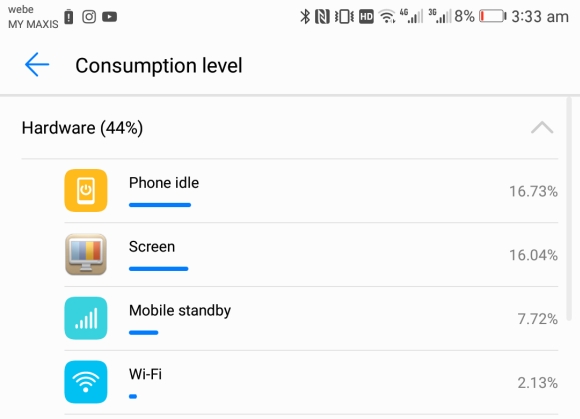
Through my observations, it seems that the phone is very busy in the background even when the display is off — which I suspect may have something to do with EMUI’s algorithm of memory management.

As a result, instead of the awesome 6-7 hours of screen on time I got on the Mate 8, I’m struggling to break the 4-hour SOT mark with the same 4,000 mAh battery capacity. I wouldn’t say that it has bad battery life per se because it’s still acceptable by modern smartphone standards, but I was just expecting so much more especially after being spoilt by the Mate 8.
At first, I thought it was a problem with my unit, so I alerted Huawei about this issue. They promptly swapped my device for a second one, but my battery problems persisted. It is worth pointing out that I’m using a dual-SIM setup with the Mate 9 compared to the Mate 8 so that would affect battery life somewhat. However, I doubt that that reason alone would shave the average screen on time by half.
That said, it still usually lasts me an entire day (upwards of 12 hours of time on battery) on moderate usage. Once things start getting heavy, or my day away from the plug is longer than usual, I often find myself running out of juice before I get home.
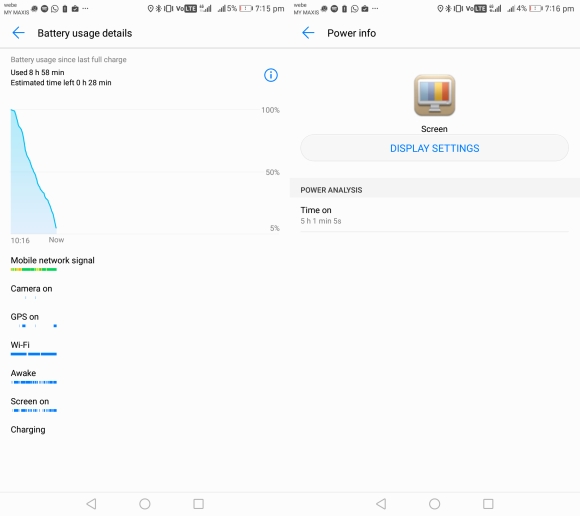
This instance I used it when covering an event. I got 5 hours of screen-on-time out of it, but it didn’t last a full day (note the sub 9 hours of time on battery).
One good thing about the Mate 9’s battery is that it charges very quickly with Huawei’s SuperCharge tech. On average, you can expect about a 60% charge in just 30 minutes which is fantastic. But, in my experience, there are two downsides to this tech.
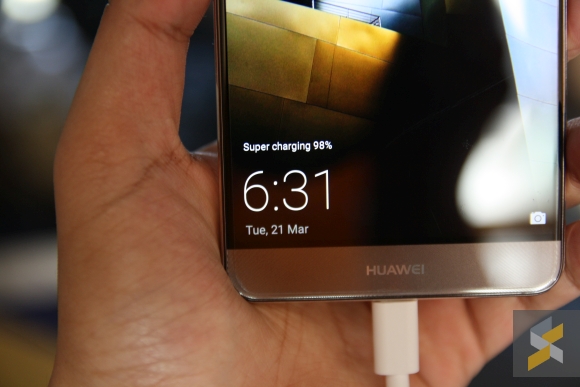
The first is that the final mile, i.e. 90% onwards, is much slower to charge (which is to be expected) and varies heavily depending on what state you leave your phone in. When I leave WiFi on, the device takes a little more than two hours to hit 100% from dead. With that off, the time is dramatically shortened to about one and a half hours — something that doesn’t really vary by this much on other phones, at least not based on the other phones I’ve tested.
The second is that Huawei’s SuperCharge is a proprietary fast-charging standard. This means it won’t work with the more widely adopted Quick-Charge standards. In other words, you will only be able to get this fast-charging with Huawei’s SuperCharge power brick and nothing else. I’ve also tried with my Quick Charge enabled powerbank and not only does it not charge quickly, it seems to charge really slowly.
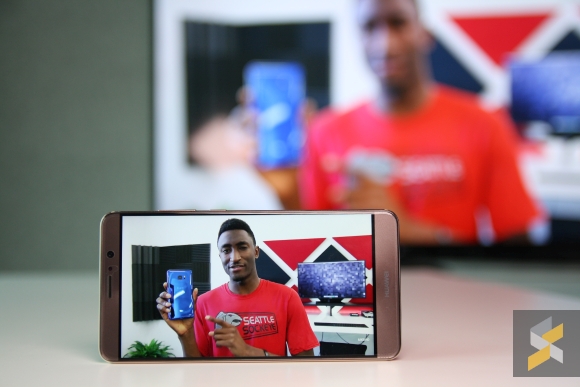
But that’s pretty much the end of my complaints about the Mate 9 because it does everything else very well. The screen, for example, looks great for a 1080p panel and didn’t really leave me wanting a higher resolution display. Huawei also polished the Mate 9’s build making it the best-built Mate smartphone yet, though I do have a bone to pick with the design. I think it’s taking itself a little too seriously and though that’s not really something I particularly like, I guess it fits the overall business aesthetic. It’s like a tailored suit as opposed to a patterned hoodie.
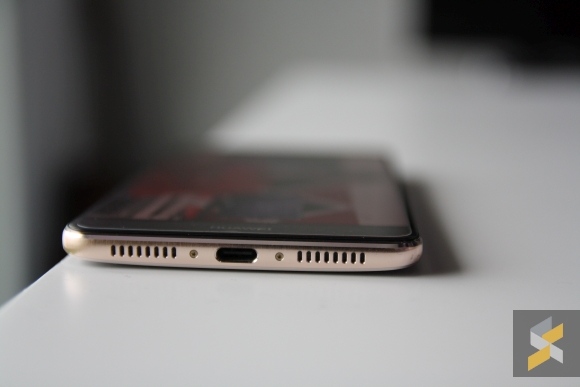
Then we’ve got the speakers. I’m honestly really glad that phone makers are adopting this whole earpiece+bottom speaker approach to onboard smartphone audio because it sure beats the pathetic single-firing bottom speaker. You may complain that nothing beats a pair of front-facing units, but you’d be talking out of your butt if you think this new setup doesn’t beat the single bottom-firing speaker.
One other nice feature on the Huawei Mate 9 relates to its dual SIM capabilities. When one SIM is 4G enabled with data, the other SIM can still stay connected at 3G for calls and SMS. This is crucial especially in countries where 2G has been shut down, like Australia, or countries that are in the process of shutting 2G down, like Singapore.
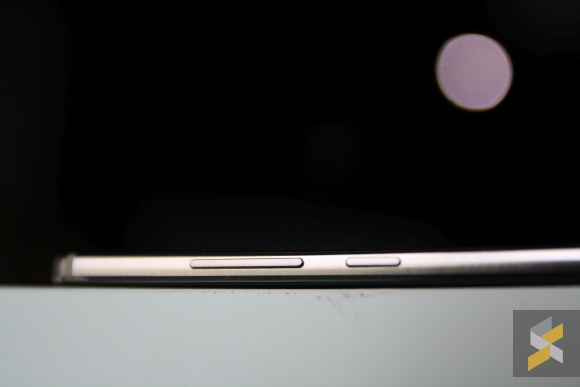
Huawei’s also done really well with their fingerprint scanning technology. Easily one of the best smartphone fingerprint sensors in the market when it comes to both speed and reliability. It’s a bit of a shame that they’re moving things to the front with the P10 because I really like rear-mounted sensors.
Speaking of sensors, Huawei’s also upped the ante (from the Mate 8) in the camera department with a new pair of cameras co-engineered with Leica. On paper, it’s got a 20MP monochrome sensor and a 12MP colour sensor working in tandem to churn out the best possible photos — much like it did on the P9. It doesn’t, however, have the new faster f/1.8 aperture Leica Summilux lenses that you’d find on the P10 Plus.
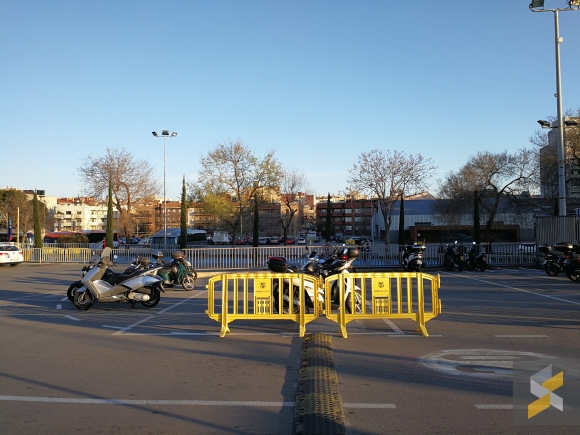
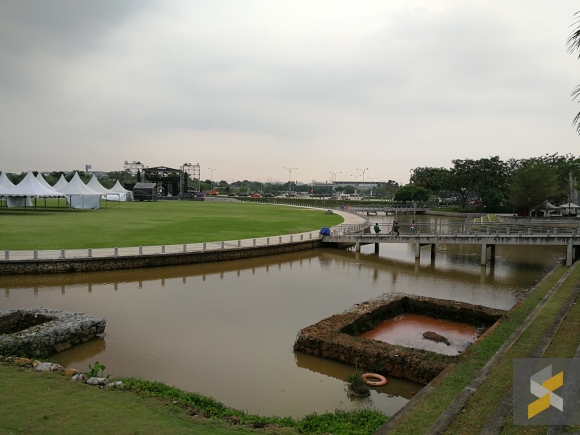
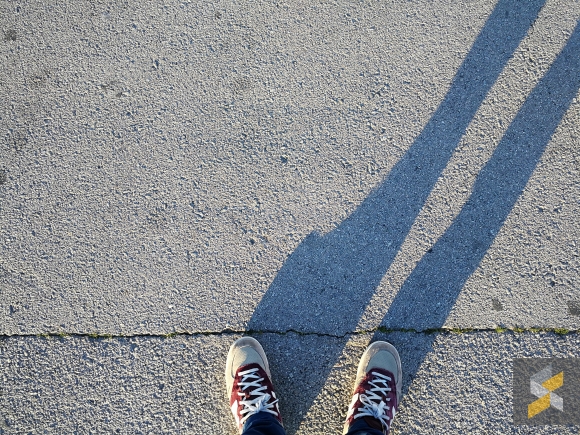
That said, this camera is still pretty awesome. Colour accuracy, detail, sharpness and speed are all top notch from good all the way to fairly poor lighting conditions. It’s only when things really dark that the phone starts to struggle a little with colour accuracy.

Any easy way to improve this would be to switch to the dedicated monochrome sensor. Also, like the P9, the monochrome sensor provides a lot more detail in the low-light. Plus, I find that a little noise in a monochrome photo isn’t as detrimental as it is with a colour image.

But that’s not all the Mate 9’s high-resolution monochrome sensor can do. Huawei claims that the Mate 9’s camera is able to combine the detail obtained from both camera sensors to produce a high-resolution digital zoom that can go up to 2X before losing details — and it works quite well. Here are some samples:
No Zoom
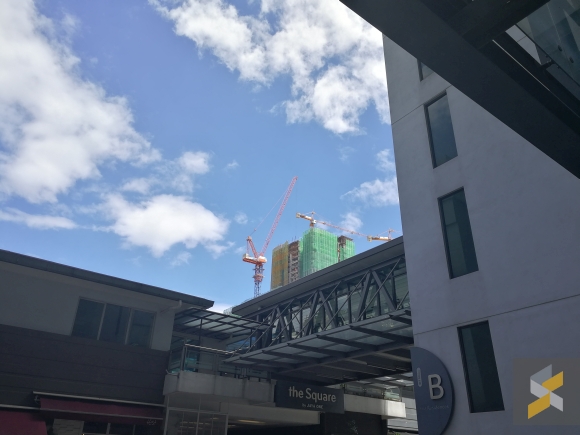
Zoom
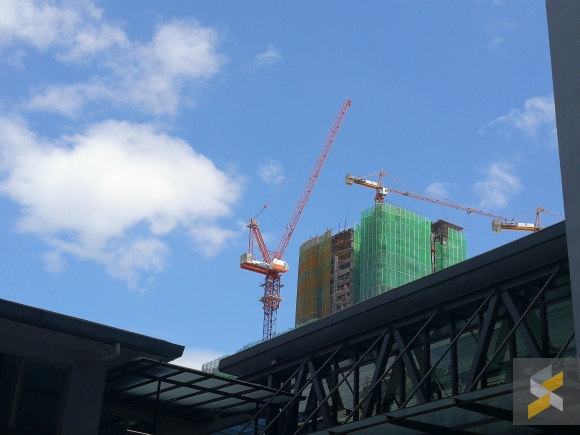
There is a caveat, however, as you will have to set the camera’s colour photo resolution at 12MP before you can zoom.
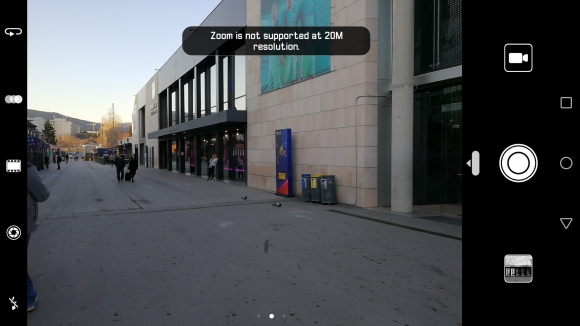
If you set it to 20MP, you don’t get the option to zoom unless you switch over to monochrome mode (but when you do that, it’s just regular digital zoom).
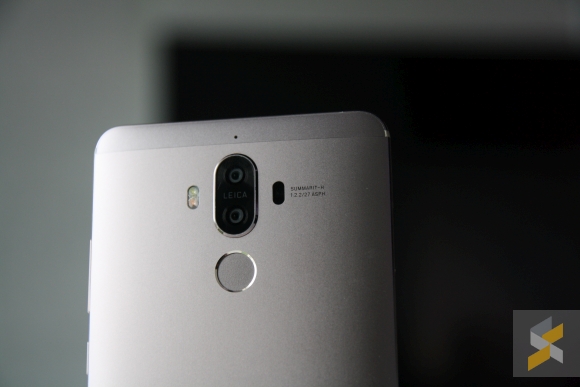
So yes, in case you haven’t caught on yet, the Mate 9 is a pretty good phone and a pretty great phablet. My biggest gripe with it is the battery life and how the device doesn’t seem to idle very well. But I suspect that this can be easily fixed with a software update from Huawei — or perhaps I’m unlucky enough to get two defective devices in a row. What about those of you who have bought a Mate 9? Let me know what your experience is with the battery life on your handset along with your usage patterns.
Besides that, though, this is an excellent phone. It hits a lot of the right notes and even comes in at a reasonable price of RM2,699 — RM300 cheaper than its nearest competitor, the 5.7-inch HTC U Ultra. If Huawei’s P10 and P10 Plus aren’t big enough to satisfy your needs, then the Mate 9 is still an excellent choice.
[nextpage title=”Gallery”]
Here are more photos captured on the Huawei Mate 9. Click on each one to view its full resolution.
There’s quite a lot to like in this photo — detail in the stew is good, colours pop and exposure is spot on.
This photo was taken in pretty bad lighting. Luminance noise is visible and skin tone is also a little off.
This was another challenging scene for the phone’s dynamic range. The outside was super bright and although the phone exposed the truck accurately, the highlights in the sky and background are just completely blown out.
This is a good demonstration of how the camera captures detail and sharpness. Even at the edges on this really wide lens, the camera’s sharpness doesn’t fall off.
Not Zoomed:
Zoomed:
It’s definitely more detailed than an equivalent crop of the un-zoomed photo.
Bonus selfie:

